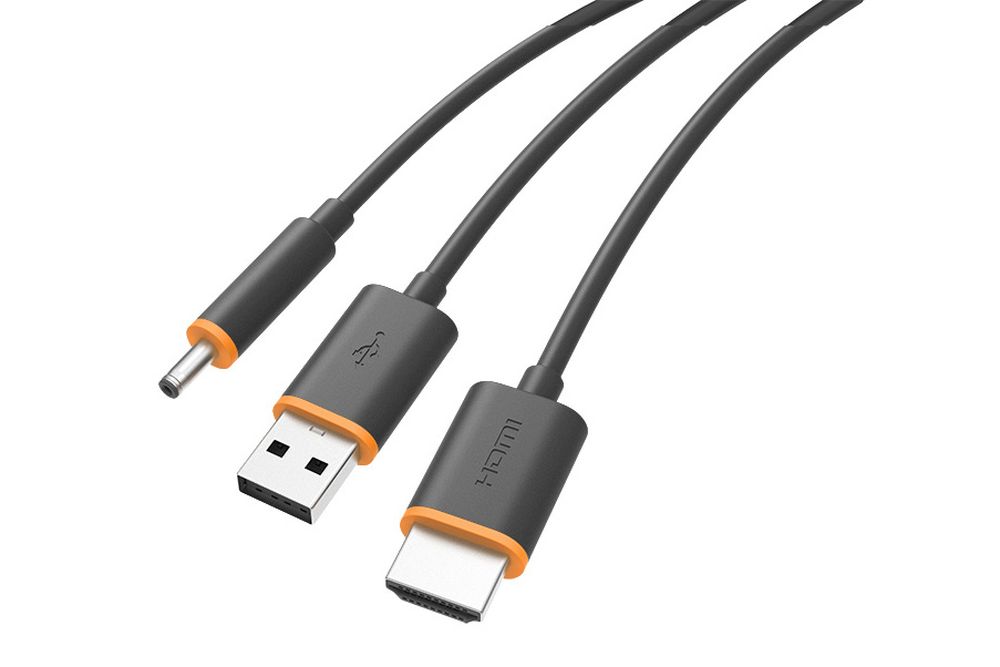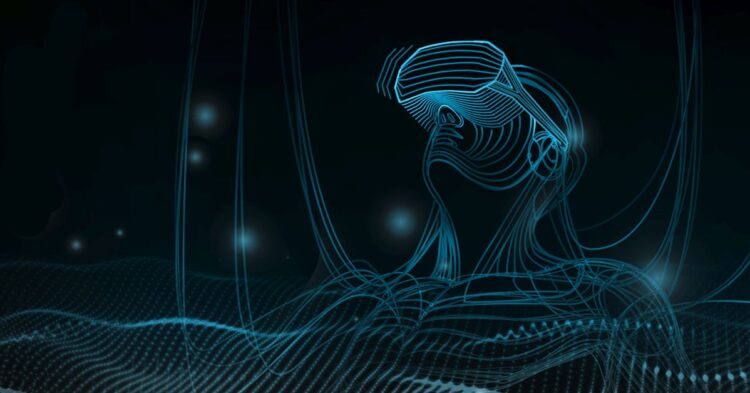PC VR headsets may be a fun experience for many, but anyone who owns one knows that setting them up is often frustrating due to its numerous cables. Acknowledging the issue, a new consortium seeks to introduce VirtualLink. A new open industry standard that comprises a single cable standard for next-generation VR headset.
The new VirtualLink standard – which is backed by AMD, NVIDIA, Oculus, Microsoft, and Valve – will effectively replace the multiple cables needed to power VR headset with a single USB Type-C connector. Having a single cable to supply the power, display, and data needed for a headset simplifies the setup process, as well as reduces the setup time for the headsets.
Technically speaking, the new VirtualLink standard will need four DisplayPort HBR 3 channels for video, a single USB 3.1 Gen 2 channel with 2 channels for data, and 27W of power to power it through. The application of a single USB Type-C cable also opens up the possibility of bringing VR to small form factor devices with a USB Type-C port. This includes ultra-thin notebooks, as well as Next Unit Computing (NUC) PCs.

The companies pushing for the VirtualLink standard is not all that unusual. Both NVIDIA and AMD have been pushing for a greater adoption of the medium since Oculus introduced its Oculus Rift. On that note, Oculus clearly wishes to make its future VR headsets more approachable with the VirtualLink standard. In Microsoft’s case, the implementation of VirtualLink would also greatly improve its endeavour for future Mixed Reality headsets.
It should be made clear that at this stage, VirtualLink is still in the pipelines, and its consortium members have not mentioned anything about products that could possible implement it. If anything, the consortium’s official announcement has merely been a call-to-arms to other companies in the industry to get involved in the creation of the first iteration of VirtualLink.
(Source: VirtualLink, AnandTech)


